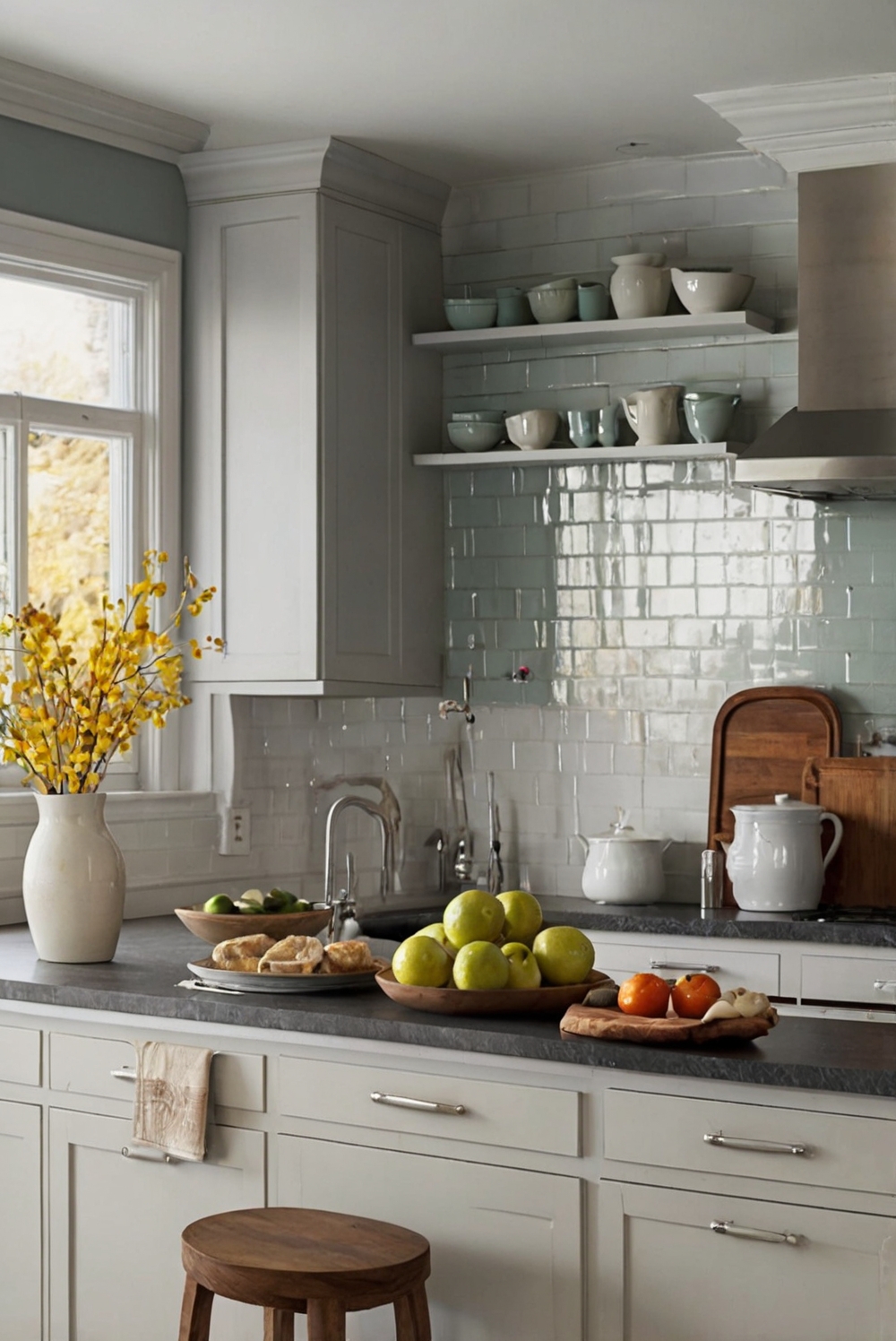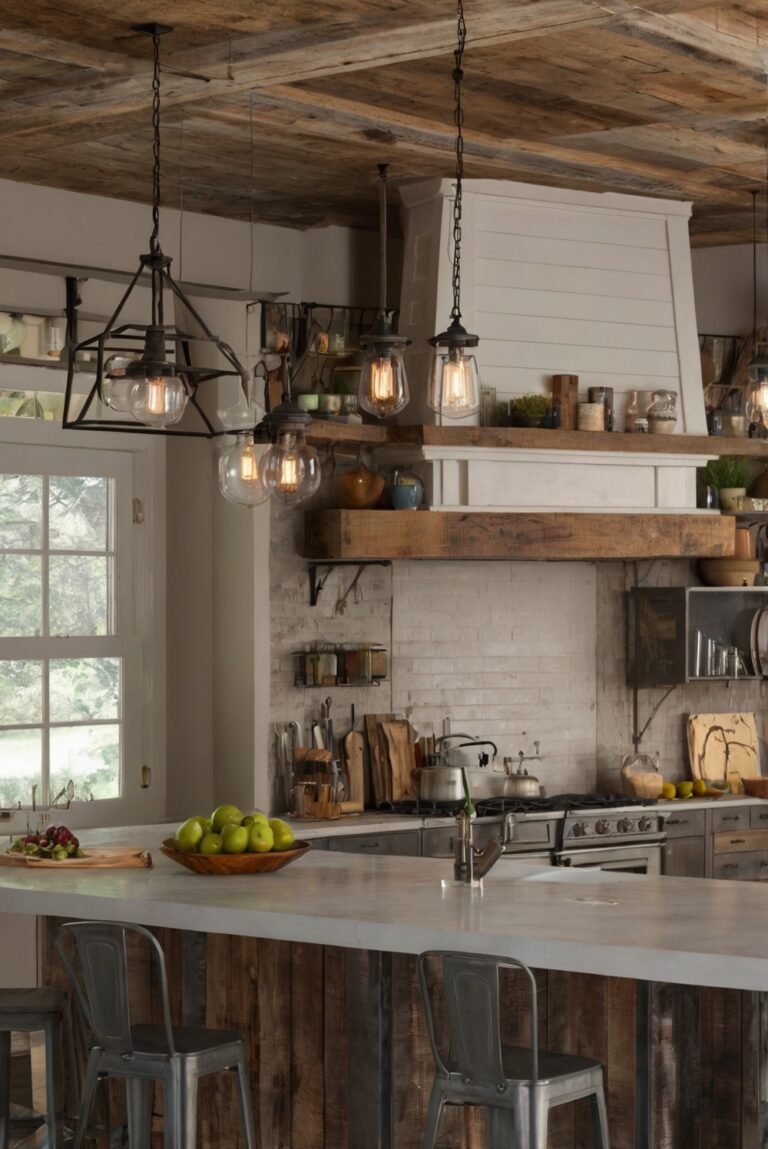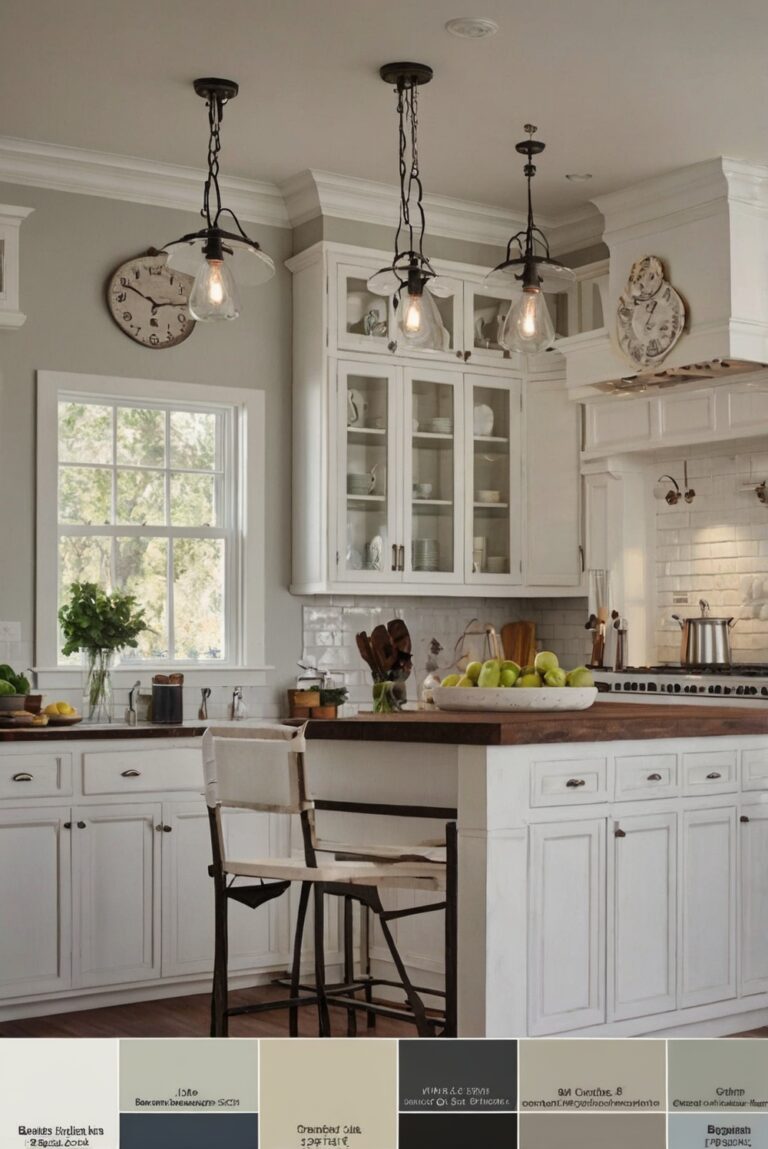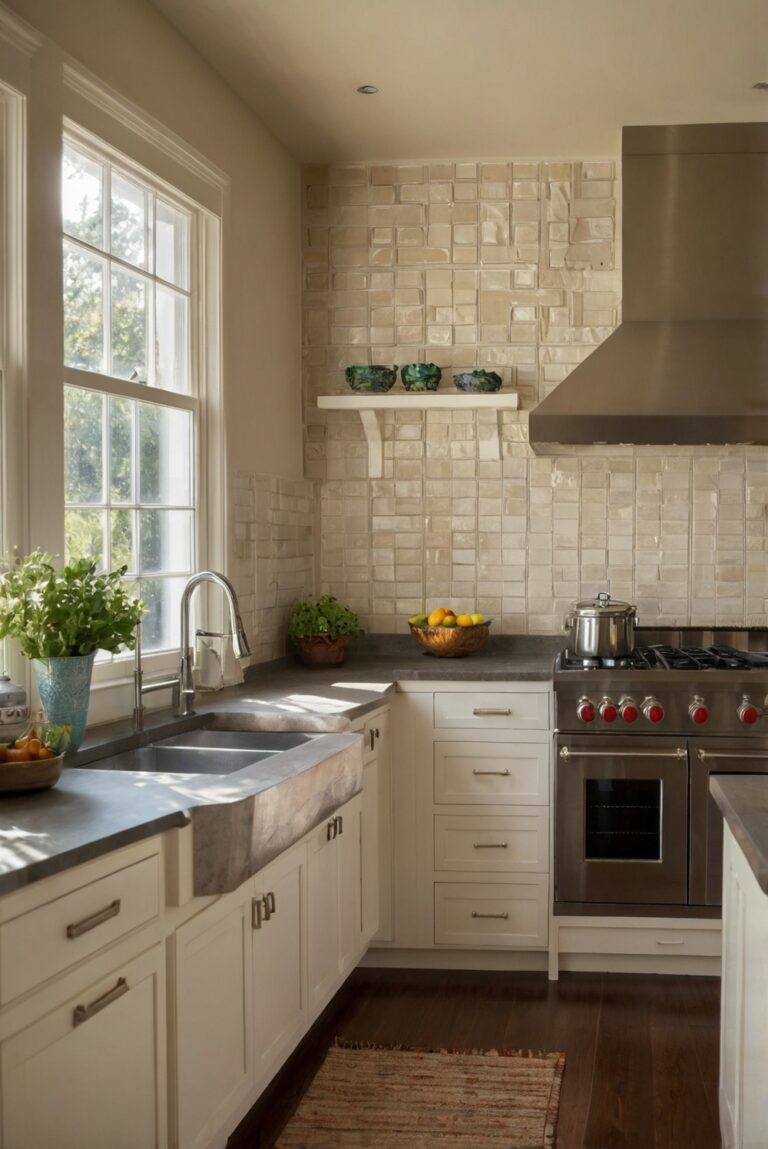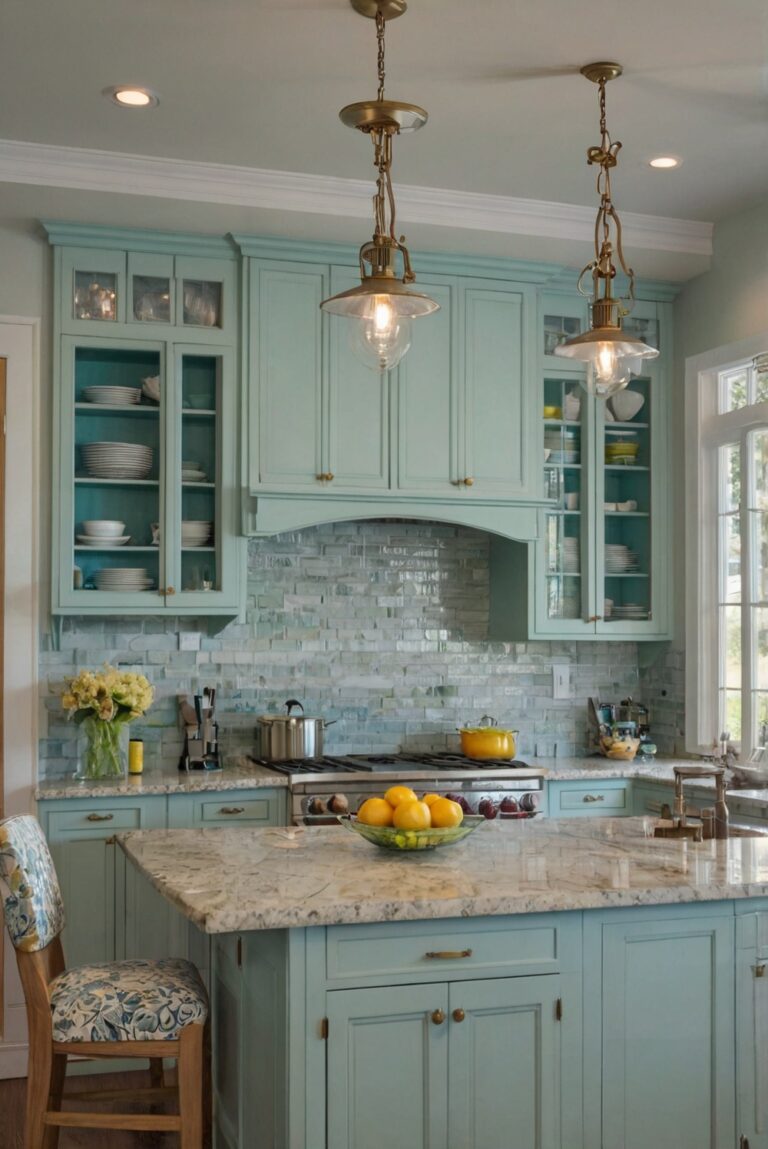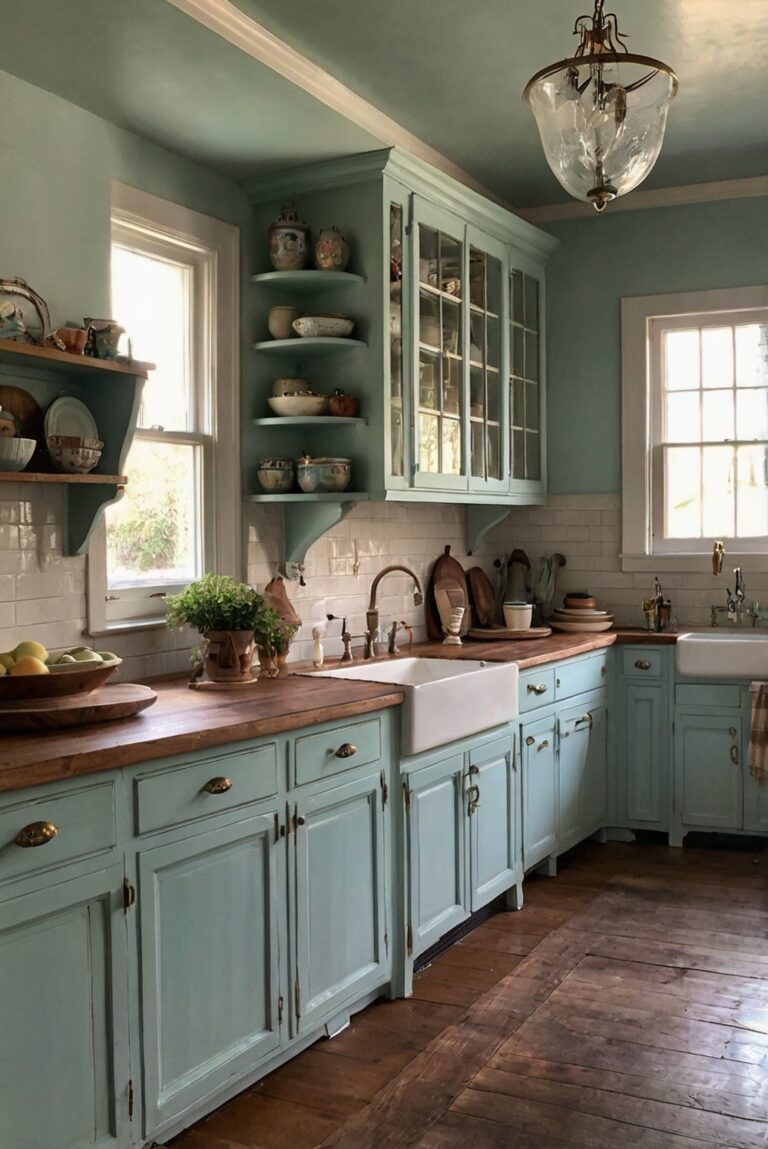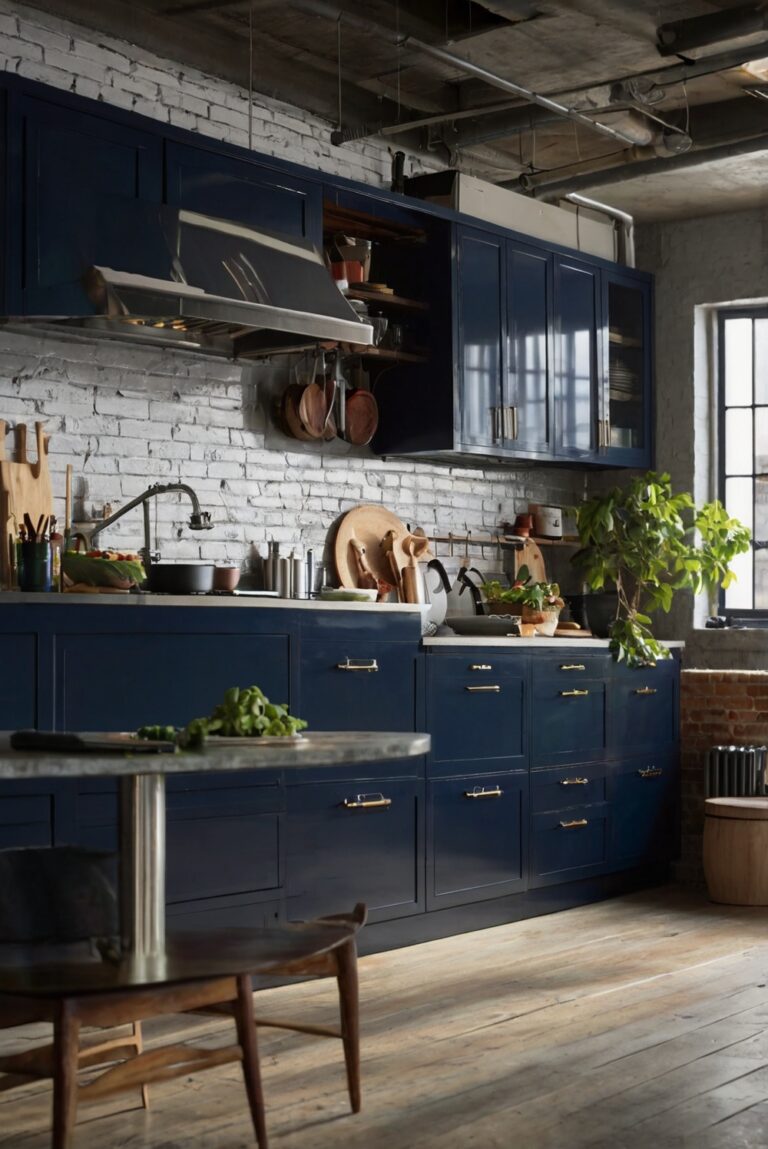How to use textured tiles to add depth to your kitchen?
Discover the magic of textured tiles in enriching your kitchen design! Elevate your interior with our daily routine for a captivating space.
Using textured tiles in your kitchen can add depth and visual interest to the space. It’s a simple yet effective way to elevate your home decor interior design. When incorporating textured tiles, consider the following:
1. Choose a cohesive color scheme that complements your existing kitchen design.
2. Experiment with different textures like matte, glossy, or mosaic tiles to create depth.
3. Focus on strategic placement, such as using textured tiles as a backsplash or on the kitchen island.
4. Be mindful of maintenance requirements, as textured tiles may require extra care during cleaning.
5. Seek advice from designers or utilize interior design space planning tools to visualize the final look.
By following these steps and incorporating textured tiles into your kitchen, you can create a unique and inviting space that reflects your personal style.
To add depth to your kitchen using textured tiles, you can follow these steps:
– **Choose the Right Texture**: Select textured tiles that complement your kitchen style. Opt for rough textures like stone or brick for a rustic look, or go for sleek textures like glass or metallic tiles for a modern vibe.
– **Consider the Color Palette**: Coordinate the color of the textured tiles with your kitchen’s color scheme. Darker tiles can create a dramatic effect and add depth to the space, while lighter tiles can make the kitchen appear more spacious.
– **Mix and Match**: Don’t be afraid to mix different textures to create visual interest. Combine glossy and matte finishes or mix different types of textured tiles to add layers to your kitchen design.
When using textured tiles in your kitchen, it’s essential to pay attention to the following points:
– **Maintenance**: Textured tiles require regular cleaning to prevent dirt and grime from accumulating in the crevices. Use a mild detergent and a soft brush to clean textured tiles effectively.
– **Sealing**: Seal the grout lines of textured tiles to protect them from stains and moisture. Regularly reseal the grout to maintain the tiles’ appearance and longevity.
To enhance the depth in your kitchen with textured tiles, you can:
– **Create an Accent Wall**: Install textured tiles on one wall to serve as a focal point in the kitchen. This will draw the eye and add depth to the space.
– **Install a Backsplash**: Use textured tiles as a backsplash behind the stove or sink to add texture and dimension to the kitchen. This will also protect the wall from splashes and spills.
In conclusion, incorporating textured tiles in your kitchen can elevate the design and add depth to the space. By choosing the right texture, considering the color palette, mixing different textures, and paying attention to maintenance and sealing, you can create a visually appealing and dynamic kitchen that reflects your style and personality. Experiment with different textures and design elements to transform your kitchen into a welcoming and stylish space.
1. How to choose the right textured tiles for your kitchen?
To add depth to your kitchen, start by selecting textured tiles that complement your existing decor. Consider the color scheme and style of your kitchen to choose tiles that enhance the overall design. Opt for textured tiles with varying patterns or relief to create a dynamic and visually interesting look. Additionally, choose tiles that are durable and easy to clean, as they will be exposed to food spills and cooking messes in the kitchen.
2. What are the benefits of using textured tiles in the kitchen?
Textured tiles can add depth and visual interest to your kitchen, making it a focal point of the space. They can create a sense of movement and dimension, especially when paired with the right lighting. Textured tiles also provide a tactile experience, adding a unique touch to your kitchen design. Moreover, they can help hide imperfections and dirt, making them a practical choice for high-traffic areas like the kitchen.
3. How to install textured tiles in the kitchen?
Before installing textured tiles in your kitchen, make sure the surface is clean and level. Use a high-quality adhesive to secure the tiles in place, following the manufacturer’s instructions. Start from the center of the room and work your way outwards, ensuring that the tiles are evenly spaced. Use tile spacers to maintain consistent gaps between the tiles. Once the tiles are installed, allow them to set for the recommended drying time before grouting. Finish the installation by applying grout and sealing the tiles to protect them from stains and moisture.

